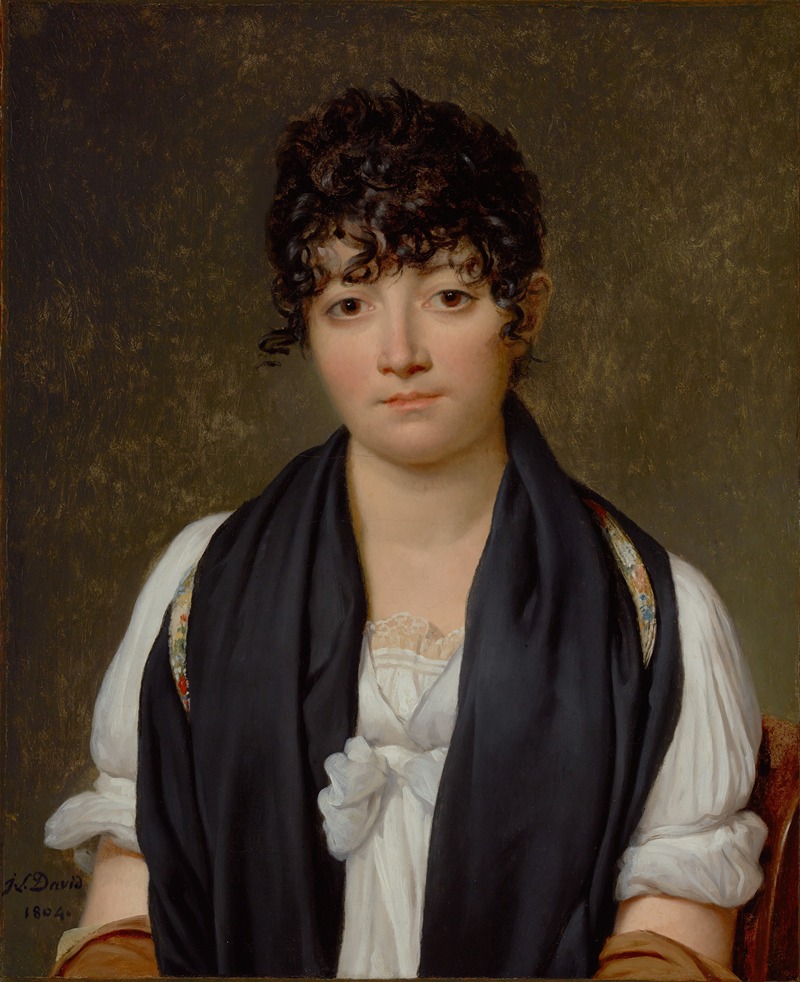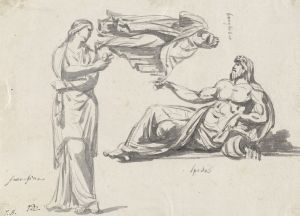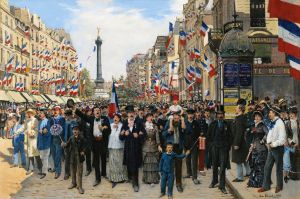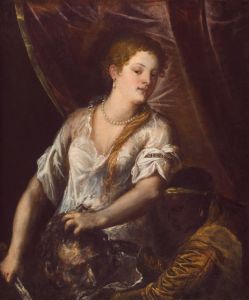
Suzanne Le Peletier De Saint-Fargeau
A hand-painted replica of Jacques Louis David’s masterpiece Suzanne Le Peletier De Saint-Fargeau, meticulously crafted by professional artists to capture the true essence of the original. Each piece is created with museum-quality canvas and rare mineral pigments, carefully painted by experienced artists with delicate brushstrokes and rich, layered colors to perfectly recreate the texture of the original artwork. Unlike machine-printed reproductions, this hand-painted version brings the painting to life, infused with the artist’s emotions and skill in every stroke. Whether for personal collection or home decoration, it instantly elevates the artistic atmosphere of any space.
Jacques-Louis David's painting Suzanne Le Peletier de Saint-Fargeau is a portrait of Suzanne Le Peletier, the daughter of Louis-Michel Le Peletier de Saint-Fargeau, a French revolutionary figure. The painting was created in 1804 and is considered one of David's notable works during his Neoclassical period. It reflects the artist's mastery in capturing the elegance and poise of his subjects while adhering to the ideals of simplicity and clarity characteristic of Neoclassicism.
Suzanne Le Peletier de Saint-Fargeau was the daughter of a prominent political figure who played a significant role during the French Revolution. Her father, Louis-Michel Le Peletier de Saint-Fargeau, was a member of the National Convention and a supporter of the execution of King Louis XVI. He was assassinated in 1793, shortly after casting his vote for the king's death, and became a revolutionary martyr. Following his death, Suzanne inherited his legacy and became a symbol of the revolutionary ideals her father had championed.
The portrait depicts Suzanne as a young girl, seated and dressed in a simple white gown, which reflects the Neoclassical aesthetic of purity and virtue. Her pose is calm and composed, with her gaze directed slightly away from the viewer, conveying a sense of introspection and dignity. The use of soft lighting and muted tones enhances the serene and refined atmosphere of the painting.
David's choice to paint Suzanne may have been influenced by his own political affiliations and his admiration for her father's revolutionary contributions. As a supporter of the Revolution and a close associate of figures like Maximilien Robespierre, David often used his art to promote revolutionary ideals and commemorate key figures of the era. This portrait, however, focuses on the personal and familial aspects of Suzanne's life rather than overtly political themes.
The painting is currently housed in the Louvre Museum in Paris, where it is part of the collection of works by Jacques-Louis David. It is appreciated not only for its artistic qualities but also for its historical significance, as it provides insight into the cultural and political climate of post-revolutionary France.
This portrait remains an important example of David's ability to blend personal narrative with the broader historical context, making it a valuable piece of both art history and revolutionary heritage.


















